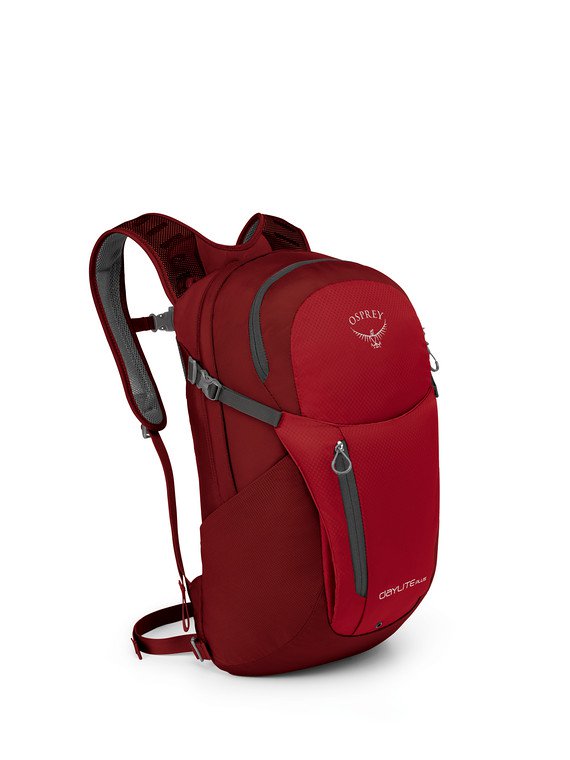
Soft white and warm white will produce a yellow, candle-like glow, close to incandescents, while bulbs labeled as bright white or daylight will produce a whiter light, closer to daylight and similar to what you see in offices and retail stores. The two most popular colors available for LEDs are soft white (also called warm white) and bright white (also called daylight).

For the home, however, you're likely looking for something similar to the light that incandescents produce. Incandescent bulbs typically put out a warm, yellowish hue, but LEDs come in a range of colors.Īs shown off by Philips Hue, LED bulbs are capable of displaying an impressive color range, from purple to red, to a spectrum of whites and yellows. Get a sense of the brightness (in lumens) you need before heading to the store, and throw away your affinity for watts. Read more: The best LED light bulb for every room in your houseĪs you can see in the chart above, an incandescent can draw up to five times as many watts for the same number of lumens. For reference, here's a chart that shows the watt-lumen conversion for incandescents and LEDs. The lumen (lm) is the real measurement of brightness provided by a light bulb, and is the number you should look for when shopping for LEDs. Instead, a different form of measurement should be used: lumens. (The point, after all, is that they draw less energy.)įor example, an LED bulb with comparable brightness to a 60W incandescent is only 8 to 12 watts.īut don't bother doing the math - there isn't a uniform way to covert incandescent watts to LED watts. For incandescents, there is an accepted correlation between the watts drawn and the brightness produced, but for LEDs, watts aren't a great predictor of how bright the bulb will be.

OEKO-TEX Certified as a skin friendly textile and free from harmful substances.Designed and manufactured in Switzerland.Ideal for curtains to shield windows or bed canopies.Decorative Synthetic Non Conductive Fabric Mesh - Radio Frequency / Microwave Shielding Effectiveness 99.6% or 24 dB at (1000 MHz / 1 GHz) and 97% at (3000 MHz / 3 GHz) - Also known as Swiss Shield New Daylite (Width = 260 cm or 102 inches) What is a Linear Foot?ĭaylite is our lightest breathable synthetic netting providing excellent air and light penetration.


 0 kommentar(er)
0 kommentar(er)
